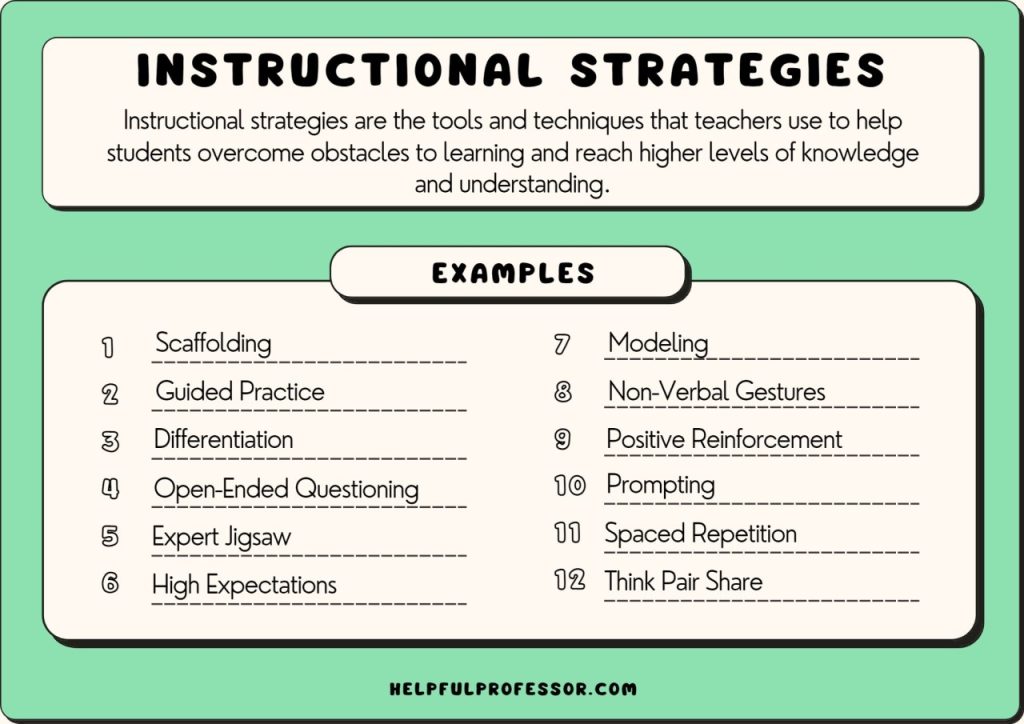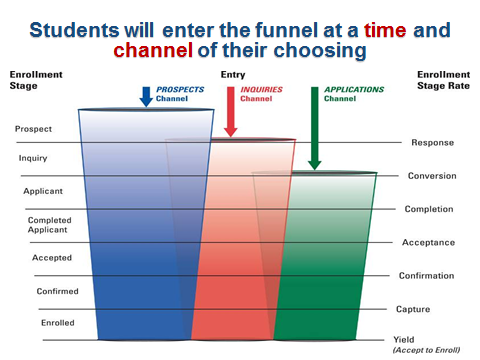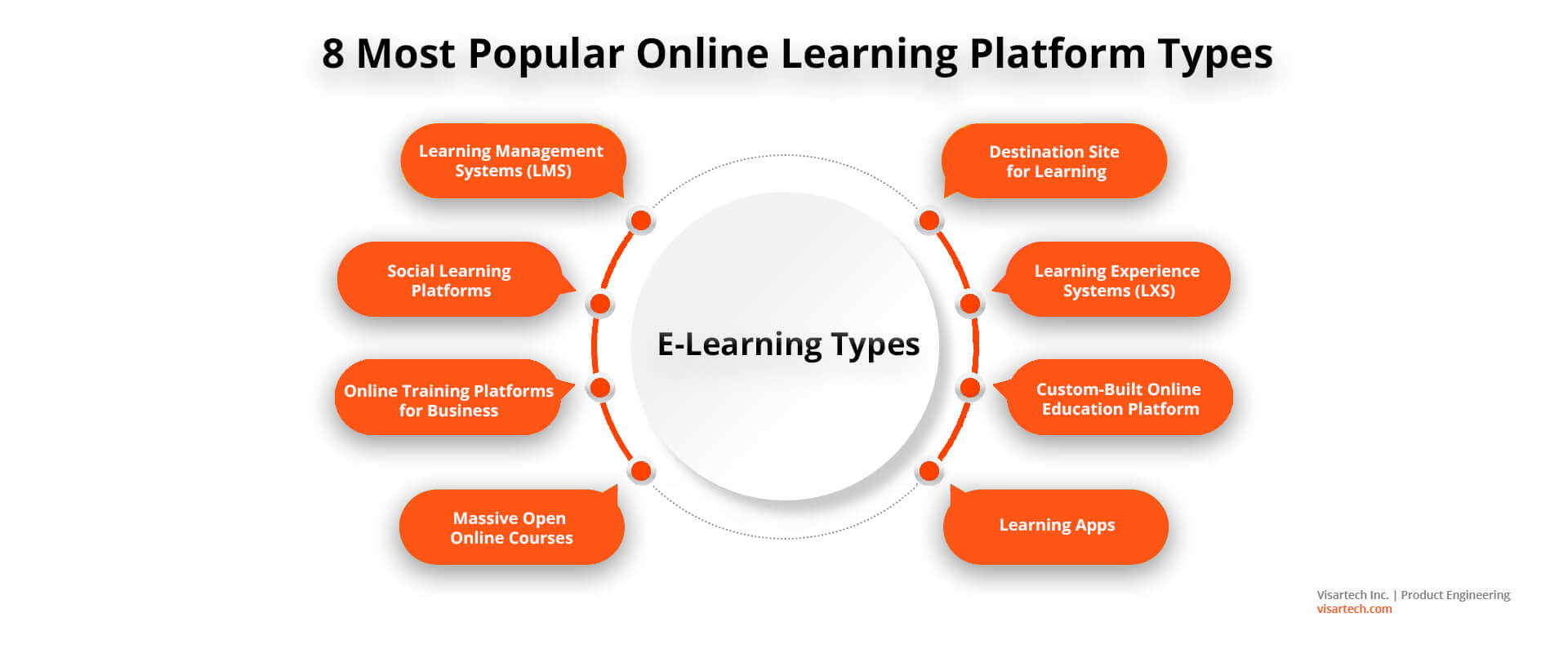As an educator, you want your students to learn and excel academically. For this reason, it’s important to implement effective strategies for curriculum instruction. These strategies are designed to help students comprehend the material better, retain it longer, and apply it to real-world situations. Below are some effective strategies for curriculum instruction.
1. Differentiated Instruction
Differentiated instruction is a teaching strategy that caters to the learning needs of every student. It recognizes that not all students understand or learn at the same pace and it’s essential to tailor instruction to meet their learning needs. In a differentiated instruction classroom, the teacher provides multiple options for delivering and assessing information. It helps students to feel valued and engages them in learning.
2. Active Learning
Active learning is a strategy where students are actively engaged in their learning. This can be through discussions, debates, group project activities, and problem-solving. Active learning is essential in promoting critical thinking and student involvement in the curriculum. It helps students to understand and use the content taught in the real world.
3. Inquiry-Based Learning
Inquiry-based learning is a strategy that encourages students to ask questions and seek answers. It is an approach that allows students to take charge of their learning and encourages collaboration among peers. For example, in science classes, students are encouraged to run experiments and draw their conclusions, based on observed results. Inquiry-based learning promotes critical thinking, problem-solving, and curiosity.
4. Flipped Classroom
A flipped classroom is another strategy to improve curriculum instruction. It’s a model that involves providing students with learning material ahead of class. Students then work on tasks, activities, and assessments in the classroom where the teacher acts as a facilitator. This strategy promotes deeper learning and encourages students to take responsibility for their learning.
5. Technology Integration
The integration of technology in learning is a strategy that supports curriculum instruction. It helps students to access the resources needed to learn and explore new technologies. For example, using digital labs for science classes, online discussion forums, and podcasts for language classes. Technology integration creates a positive learning environment, which supports an engaging and interactive curriculum.
In conclusion, effective strategies for curriculum instruction play a vital role in creating a positive learning environment. Strategies such as differentiated instruction, active learning, inquiry-based learning, flipped classroom, and technology integration have great potential to engage students, improve retention, and deepen understanding. They create an environment for students to be actively involved in their learning, and also promote lifelong learning.











